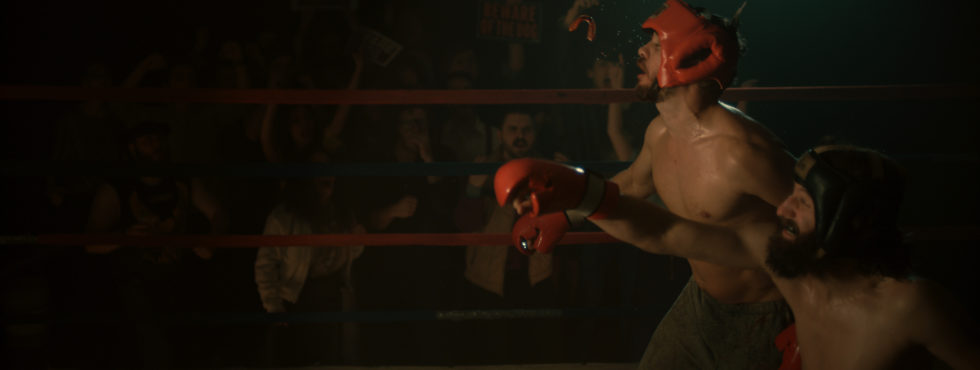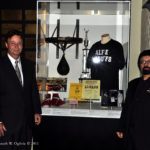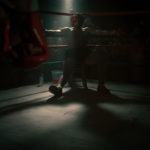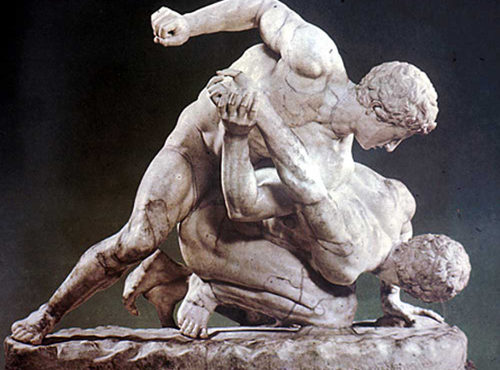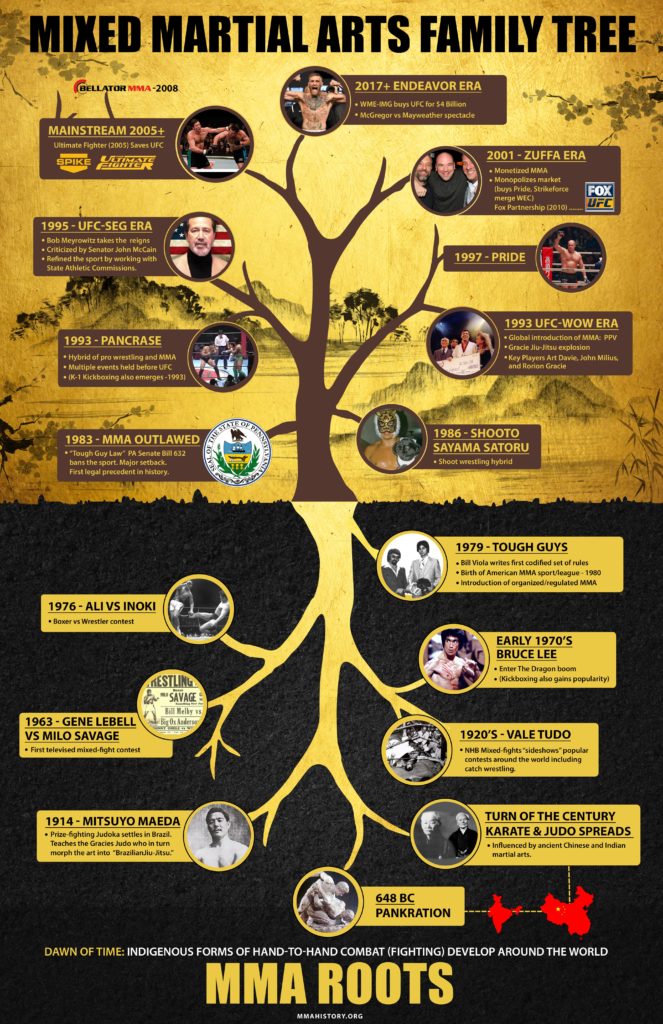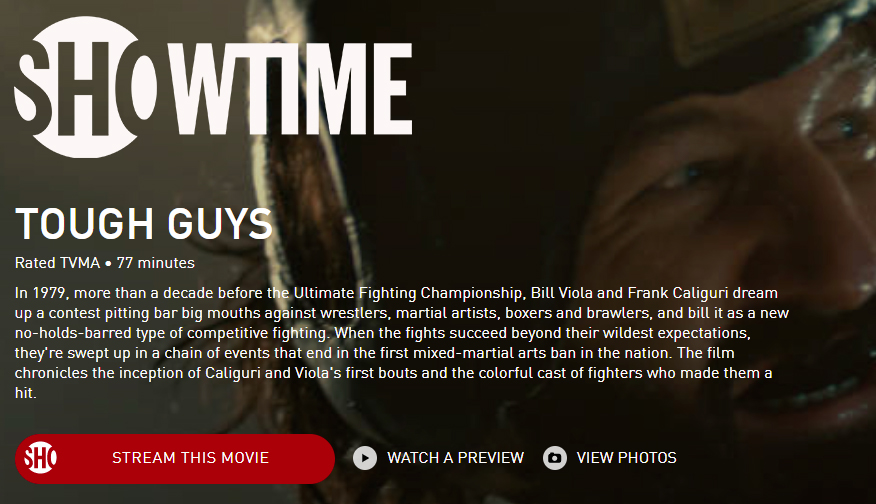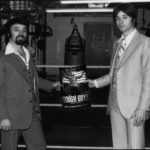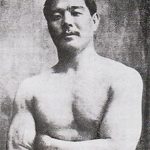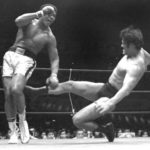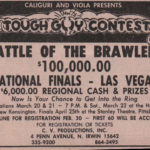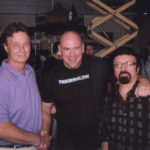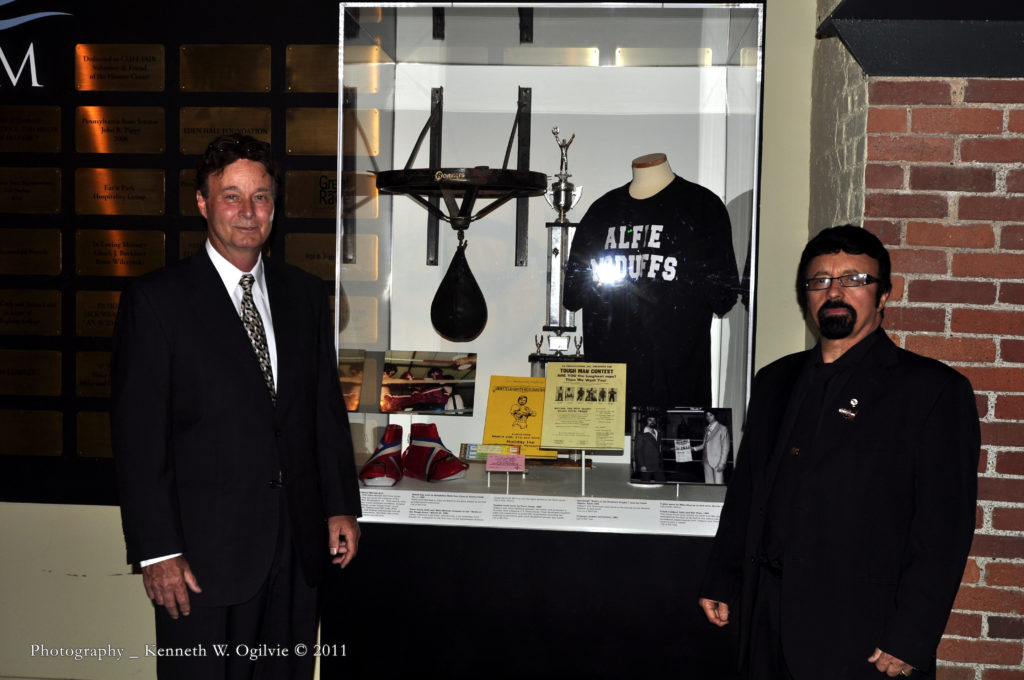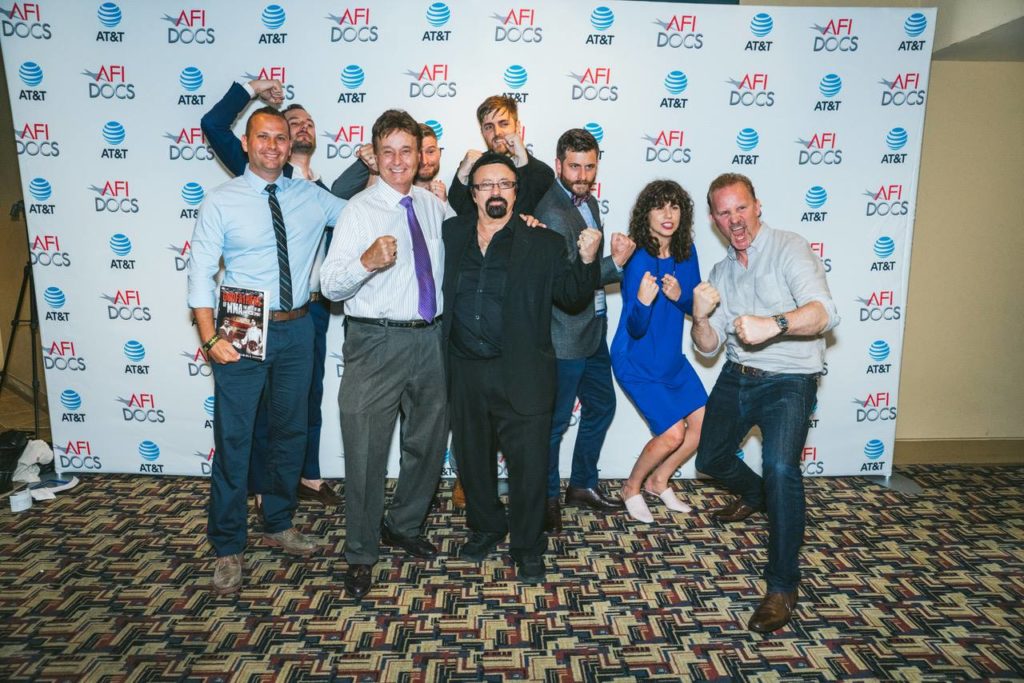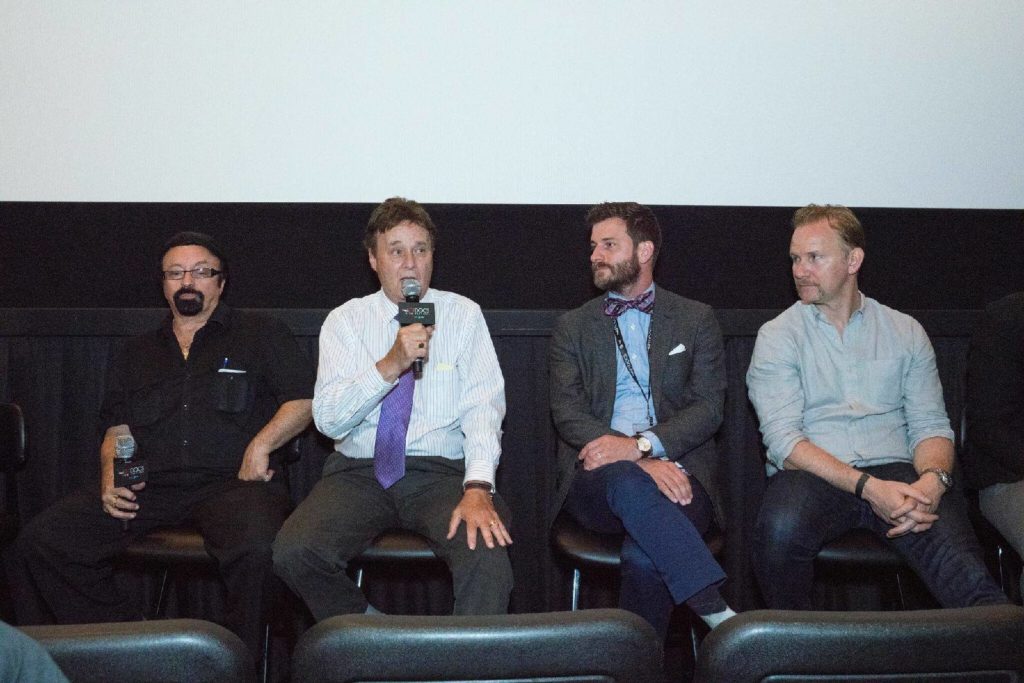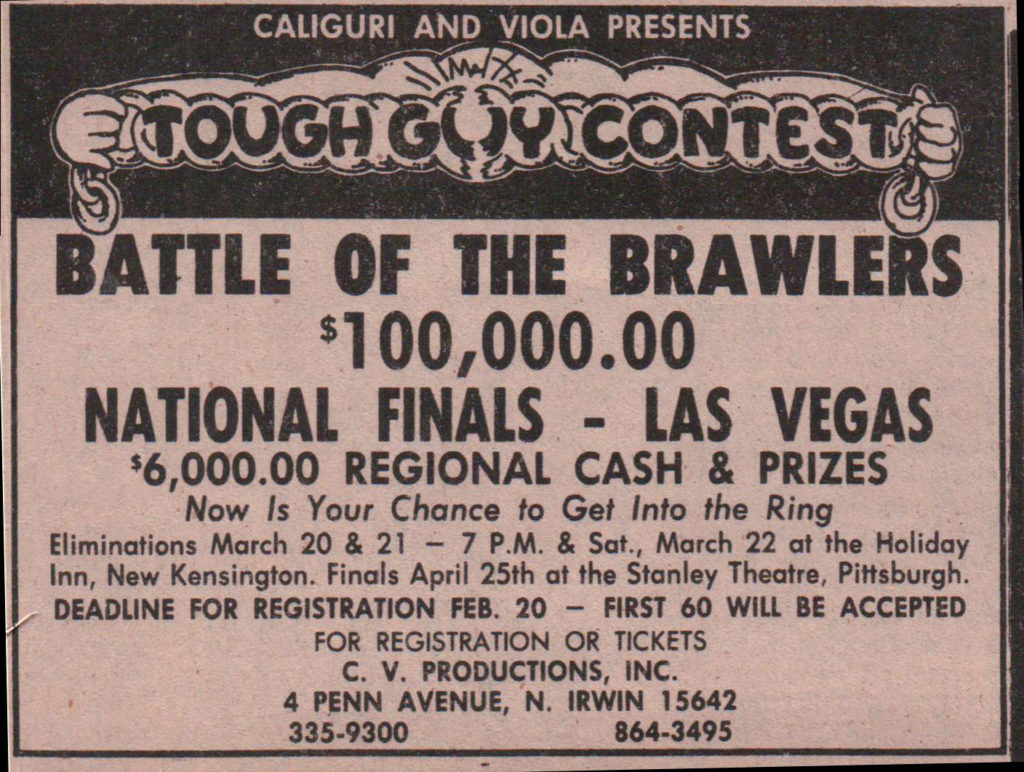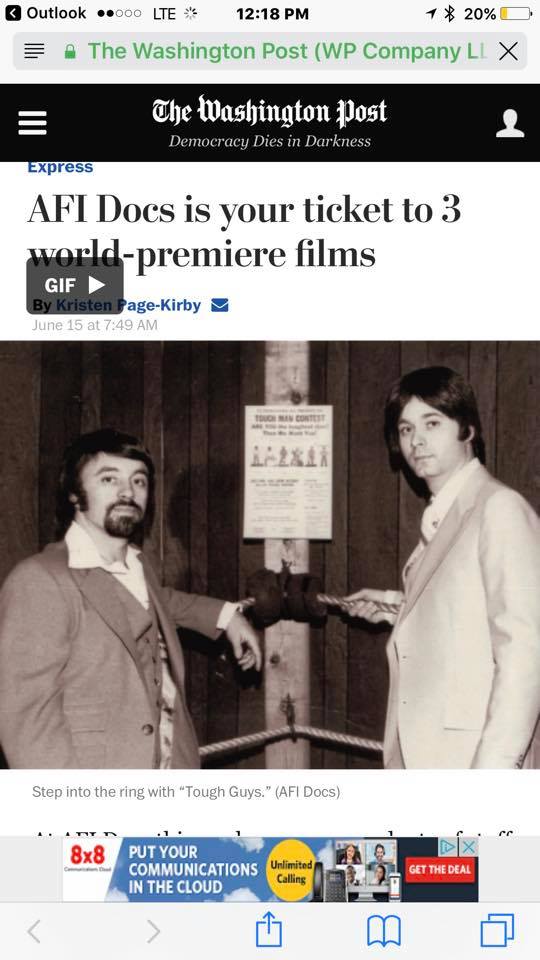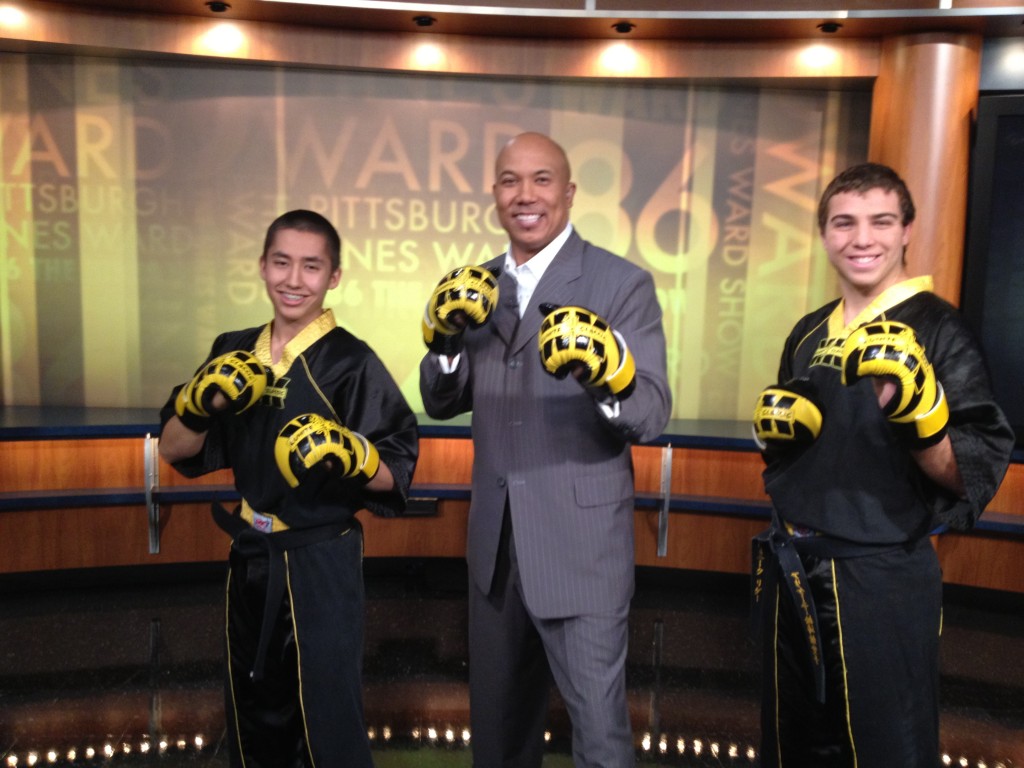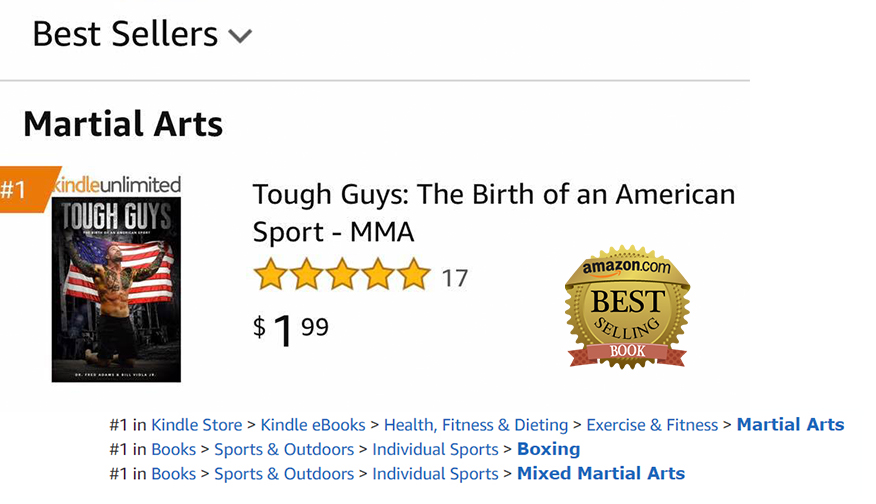The history of modern mixed martial arts (MMA) is a fascinating journey that spans continents, cultures, and centuries. While the origins of MMA can be traced back to ancient civilizations where various forms of unarmed combat were practiced, the modern iteration of the sport began to take shape in the late 20th century.
Here’s a brief overview of the key milestones in the history of modern MMA:
- Bruce Lee and Jeet Kune Do (1960s-1970s): Bruce Lee, a martial arts icon, advocated for the concept of “Jeet Kune Do,” which emphasized the use of techniques from multiple martial arts styles in combat. Lee’s philosophy laid the groundwork for the idea of cross-training and blending different martial arts disciplines.
- Vale Tudo and Shootfighting (1970s-1980s): In Brazil and Japan, practitioners of various martial arts styles began to experiment with no-holds-barred competitions known as Vale Tudo (meaning “anything goes”) and Shootfighting. These early events featured fighters from different backgrounds competing under minimal rules, laying the foundation for modern MMA.
- Tough Guy Contest (1979-1983): In Pennsylvania, USA, Bill Viola Sr. and Frank Caliguri organized the Tough Guy Contest, which allowed fighters from different martial arts backgrounds to compete in mixed-rules matches. Despite facing legal challenges and controversy, the Tough Guy Contest is considered one of the earliest forms of organized MMA in the United States.
- Gracie Challenge and Brazilian Jiu-Jitsu (1980s): Members of the Gracie family, particularly Rorion Gracie, popularized Brazilian Jiu-Jitsu (BJJ) in the United States through the Gracie Challenge. These challenge matches demonstrated the effectiveness of BJJ techniques against larger and stronger opponents, leading to increased interest in ground fighting and grappling.
- Formation of the UFC (1993): The Ultimate Fighting Championship (UFC) was founded in 1993 by Rorion Gracie, Art Davie, and Bob Meyrowitz. The inaugural event, UFC 1, featured fighters from various martial arts backgrounds competing in a tournament-style format. The UFC played a pivotal role in popularizing MMA and bringing it to a wider audience.
- Regulation and Evolution (1990s-2000s): In the wake of early controversies and criticism, MMA underwent significant changes, including the introduction of weight classes, time limits, and additional rules to ensure fighter safety. State athletic commissions began to regulate the sport, leading to increased legitimacy and mainstream acceptance.
- Global Expansion and Growth (2000s-present): MMA continued to grow in popularity worldwide, with organizations like Bellator MMA, ONE Championship, and others emerging as major players in the industry. The sport attracted top athletes from diverse backgrounds and gained a dedicated fan base across the globe.
- Cross-Training and Evolution of Fighters (2000s-present): Modern MMA fighters are well-rounded athletes who typically train in multiple disciplines, including striking, grappling, wrestling, and conditioning. The sport has evolved to incorporate techniques from various martial arts styles, leading to highly dynamic and exciting fights.

Today, MMA is a global phenomenon with millions of fans and participants around the world. It continues to evolve and innovate, pushing the boundaries of combat sports and showcasing the skill, athleticism, and determination of its athletes.
Mixed Martial Arts (MMA) is a combat sport that traces its roots back to ancient Greece, where various forms of unarmed combat, such as Pankration, were practiced. However, the modern evolution of MMA can be attributed to the development of Brazilian Jiu-Jitsu (BJJ) in the early 20th century and the emergence of the Ultimate Fighting Championship (UFC) in the early 1990s. While Pittsburgh might not be as widely recognized for its contributions to MMA as other cities, it has still played a notable role in the sport’s history and development.
In Pittsburgh, MMA gained traction primarily through the efforts of local gyms, coaches, and fighters who contributed to its growth and popularity in the region. These individuals and establishments have helped shape the local MMA scene and have produced talented athletes who have competed at various levels of the sport.
CV Productions, also known as “Caliguri and Viola,” is a prominent MMA promotion company based in Pittsburgh, Pennsylvania. Established in 1979, CV Productions has played a significant role in the growth and development of MMA in the United States. The promotion has organized numerous events, providing a platform for both amateur and professional fighters to showcase their skills and compete against top talent.
Bill Viola Sr. and Frank Caliguri are credited with creating a precursor to modern mixed martial arts (MMA) in the United States. In 1979, they founded the Tough Guy Contest in Pennsylvania, which is considered one of the earliest forms of organized MMA-style competitions.
The Tough Guy Contest allowed fighters from different martial arts backgrounds to compete against each other in a regulated, mixed-rules format. Competitors came from various disciplines, including boxing, wrestling, karate, and judo, among others. These events showcased the effectiveness of different martial arts techniques in real fighting situations and laid the groundwork for what would eventually become modern MMA.
Viola and Caliguri’s promotion of the Tough Guy Contest faced legal challenges and controversy, leading to the Pennsylvania State Athletic Commission banning the events in 1983. Despite this setback, their efforts laid the foundation for the development of MMA in the United States, influencing the creation of organizations like the Ultimate Fighting Championship (UFC) in the early 1990s.
While Bill Viola Sr. and Frank Caliguri’s contributions to the early development of MMA are significant, it’s essential to recognize that modern MMA has evolved considerably since then, incorporating additional rules, regulations, and safety measures to ensure the well-being of fighters. Nonetheless, their pioneering efforts played a crucial role in popularizing the concept of mixed martial arts competition in the United States.
CV Productions is known for its commitment to promoting exciting and competitive fights while prioritizing the safety and well-being of its athletes. The promotion has garnered a loyal following of fans who appreciate its high-quality productions and thrilling matchups.
Throughout its history, CV Productions has hosted events at various venues across Pittsburgh, including arenas, convention centers, and auditoriums. These events have attracted crowds of enthusiastic spectators, further solidifying Pittsburgh’s reputation as a hub for MMA in the Northeast region.
In addition to organizing live events, CV Productions has also produced televised broadcasts and promotional materials to showcase its fights to a wider audience. These efforts have helped raise the profile of MMA in Pittsburgh and have contributed to the sport’s continued growth and popularity in the region.
Overall, CV Productions has made significant contributions to the history of MMA in Pittsburgh, playing a vital role in cultivating talent, promoting exciting matchups, and elevating the sport’s presence in the local community. With its dedication to excellence and passion for the sport, CV Productions continues to be a driving force in the MMA scene in Pittsburgh and beyond.
Additionally, Pittsburgh has hosted numerous MMA events over the years, providing a platform for local fighters to showcase their skills and compete against top talent from around the world. These events have helped elevate the profile of MMA in the city and have contributed to its growth and popularity among fans and athletes alike.
Moreover, Pittsburgh’s proximity to other major cities in the Northeast and Midwest regions has also allowed fighters from the area to participate in a wide range of competitions and training opportunities, further contributing to the development of the local MMA scene.
While Pittsburgh may not be as synonymous with MMA as other cities like Las Vegas or New York, its role in the sport’s history and evolution should not be overlooked. Through the efforts of dedicated individuals and organizations, Pittsburgh has established itself as a notable hub for MMA in the region, showcasing the talent and passion of its fighters to audiences worldwide.

